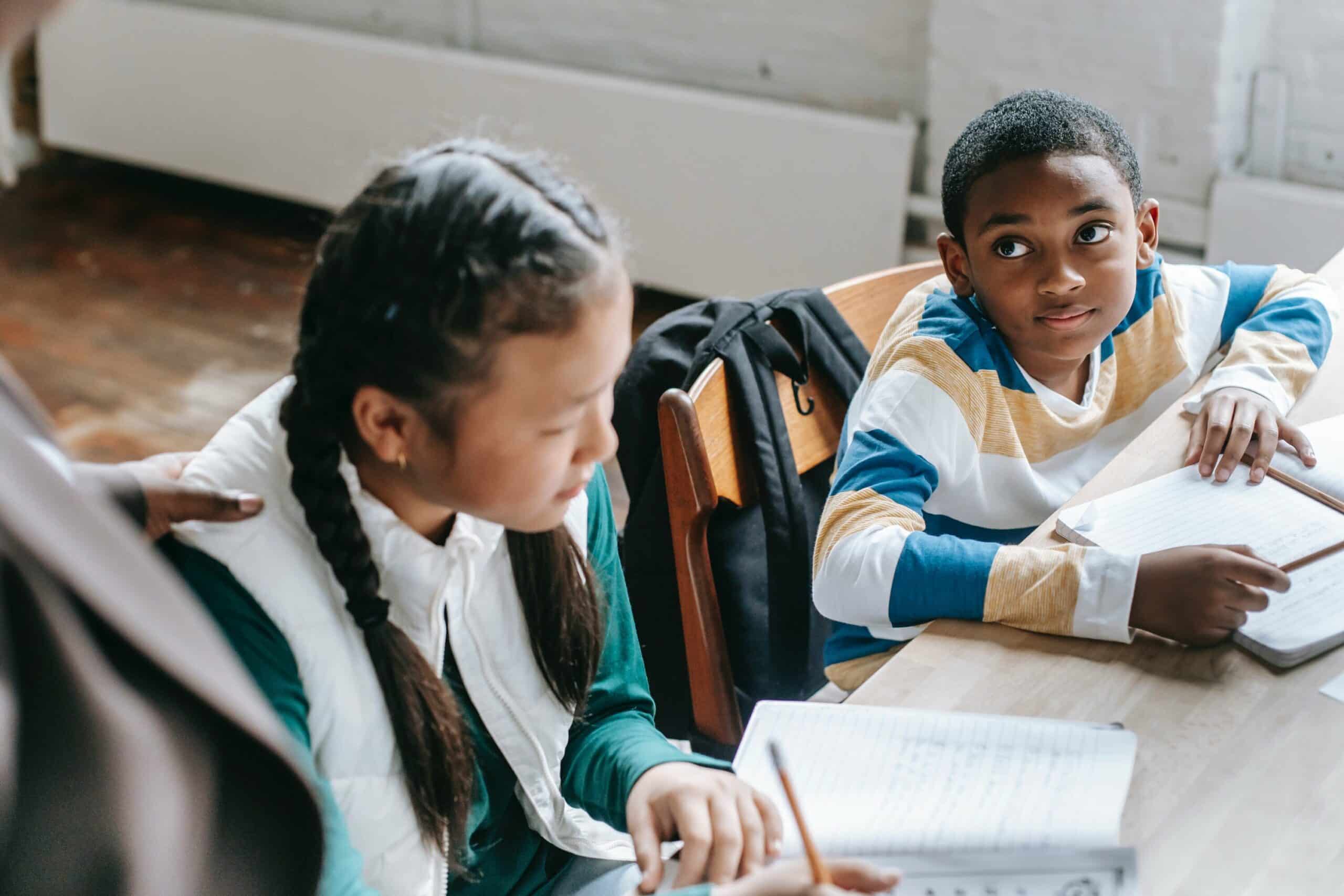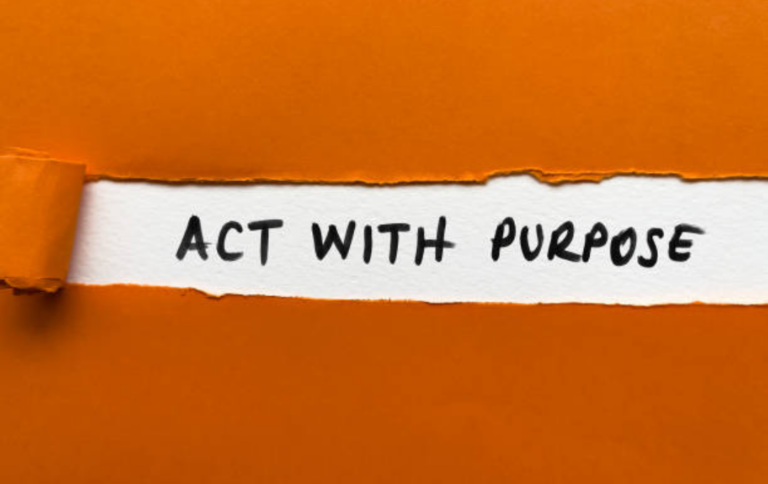The Psychology of Learners in Primary Schools: An Updated look

This article takes an updated look at the psychology of learners in primary schools.
Primary school learners are impressionable, sensitive and responsive. They are eager to learn new things and have the ability to retain information easily. Primary school learners are also at a stage where they can be moulded substantially using the right techniques. As such, any teacher who takes up a primary school teaching position must consider their psychology as well as the subject matter they will be teaching.
Learning is an ongoing process that begins from birth and continues throughout life. Based on studies of adult learners and human behaviour, educational psychologists have developed theories on how people learn best in different contexts. These theories provide insights into how to tailor lessons for a specific audience – whether you’re teaching kids or adults. This blog post looks at some of the key principles of learning in primary school learners, and how these principles can be applied in practice for better results.
Why you need to understand the psychology of learners in primary schools?
Children are very perceptive and they will pick up on your attitudes and feelings towards them. If you are nervous or apprehensive, they will sense the discomfort and become edgy themselves. If you are excited and enthusiastic, they will feed off that energy and become excited too. Your demeanour will affect their behaviour.
Children are naturally curious. They have a short attention span and love to explore and experiment. They’re unlikely to sit still for too long or listen to a long-winded or complicated lesson. They need to be engaged with the materials and the teacher.
Primary school learners are at the age where they are beginning to form their own identities. They will take cues on how to behave from the teacher and their peers. They need to be spoken to softly, and kindly and be treated as individuals with their strengths and weaknesses. They will respond well to positive reinforcement and gentle correction when they make mistakes.
Creating a safe environment for learning
When children are comfortable, they will be attentive and engaged with the material. This can be achieved in several ways, from the environment to the relationships that exist between the teacher and the students.
– Establish rapport with your learners. There will be times when you will have to reprimand a student and condemn their actions. However, if you can establish a rapport with the students and they respect you, they will be more likely to accept your criticism and learn from their mistakes.
– Create a friendly environment where your students feel free to express themselves. Remember to model this behaviour yourself and avoid being too authoritarian.
– Create a safe space for your students to express themselves and be themselves. Be sensitive to the fact that children at this age will have many questions about their identity and may be exploring their sexual identity.
– Keep an eye out for bullying and intervene at the first sign of trouble.
– Adopt inclusive language. Avoid using gender-specific words unless you are referring to a specific child.
– Speak in a soft tone. Shout at a child and you risk scaring them away from you and the subject you are teaching.
Read also: 9 Good Reasons Why Sex Education should be Taught in Schools
Shaping your audience’s environment
Environment plays an important role in learning. Studies have shown that our surroundings may have more of an impact on our ability to learn than our inherent abilities. This is why it is important to shape your audience’s environment to be conducive to learning.
– Create an environment that is free of distractions and interruption. Shut off the TV and remove any toys that may be competing for your audience’s attention.
– Maintain a clean and tidy learning environment. Students will not feel comfortable sitting in a messy room.
– Create visual cues and prompts in your learning environment. Use posters and charts to help your students remember key facts. Use sticky notes to prompt students when they make errors and corrections.
– Integrate technology into your learning environment. Use online resources to supplement your lessons.
– Plan your class and learning environments accordingly. If you are teaching a math class, make sure you have plenty of space for board work. If you are teaching science, make sure you have a clean and well-lit lab space.
– Avoid arranging your class furniture in a way that highlights competition or comparison between students. Instead, arrange the furniture in a way that promotes collaboration and team bonding.
Utilizing visual aids
Visual aids are important in primary school teaching. They help learners to retain information better, and they can at times be more appealing than a blackboard or a textbook.
The use of visual aids in teaching is widespread, but many teachers do not employ them enough or appropriately.
First, decide on the message you want to instill in your audience.
Then, search for and collect visuals that will help you convey this message.
There are several ways you can use visual aids. You can
- Create a visual representation of key concepts and facts.
- Use visual aids to enhance other learning methods, such as lectures and demonstrations.
- Create a visual aid for summary and reflection.
Read also: Parental Involvement in Learning: Benefits to Edu Stakeholders
Choosing the right medium and methods of instruction
It’s important to understand that different methods of instruction will appeal to different types of learners. So, if you want to maximize your audience’s ability to learn, you need to know which method will work best for each type.
Here are some examples:
– Lectures are often used at the beginning of a unit to summarize key concepts and facts. They are also useful in closing a unit to summarize what the students have learned.
– Demonstrations can be a useful supplement to lectures. When you demonstrate, you show your audience what you want them to learn.
– Socratic discussions are useful when you want to encourage critical thinking and help students apply their knowledge in new ways.
– Collaborative group work is appropriate when you want to encourage teamwork and encourage students to apply their knowledge in new ways.
– Independent and self-directed learning is best for individuals who learn best when they are left to explore a topic on their own.
– Pairing students for discussions can be a good way of ensuring that all students are involved.
– Summary writing is an excellent way of ensuring that all students learn key concepts and facts.
Read also: How to Become a Professional Teacher
Summing up
The single most important thing to remember when it comes to the psychology of learners in primary schools is that children are eager to learn. So, if you can create an exciting and engaging learning environment, you will be well on your way to success. The best way to do this is to tap into your audience’s natural curiosity and desire to explore new things. And, most importantly, remember to keep things fun and positive.
Today, pupils are more “digitally savvy” than ever before; they are digital natives. As a result, schools and teachers need to adapt and provide them with more interactive learning experiences. In particular, the role of technology in primary school needs to be reassessed to meet the needs of 21st century learners. In this article you’ve discovered more about the psychology of learners in primary school, including their development from pre-readers through to adolescents. You also discovered some best practices for tailoring your teaching methods to suit young minds and keep them engaged at every stage of their educational journey.







